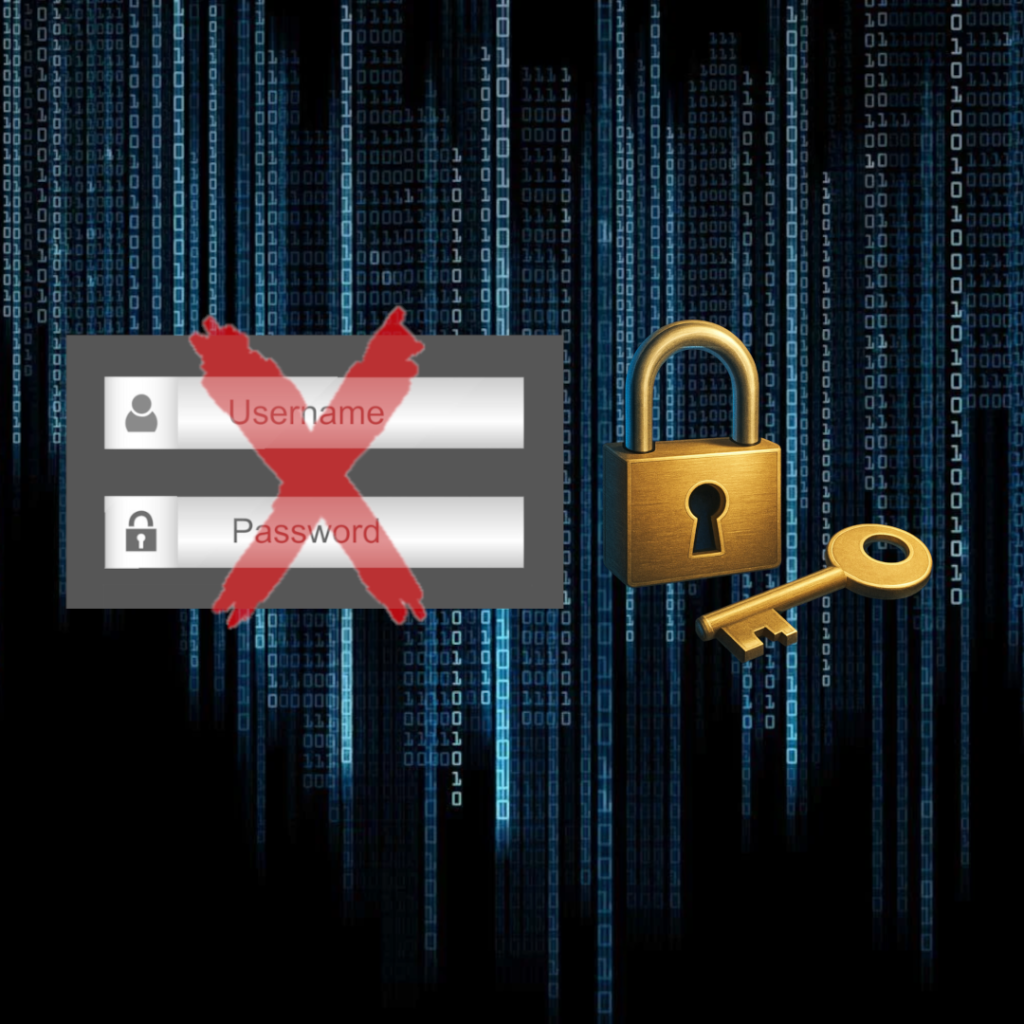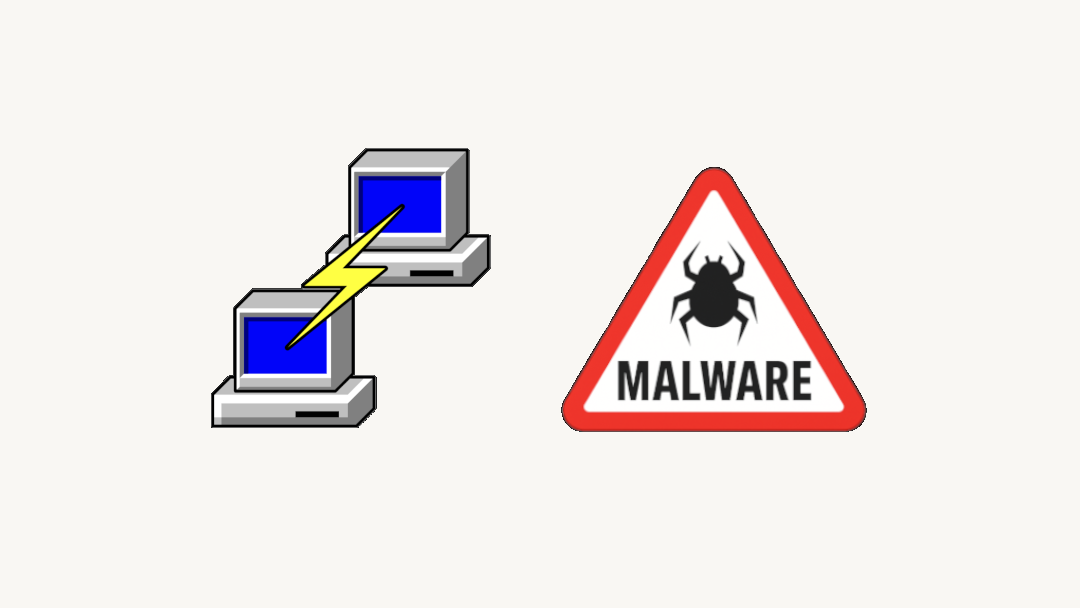
Passwordless authentication is a verification method where a user accesses a system without a knowledge-based factor such as a password or PIN. Instead of authenticating with something they “know,” the user provides something they “have” (e.g., a secure USB key) or something they “are” (e.g., facial recognition, fingerprint). Passwordless authentication offers organizations an alternative identity verification solution thanks to its security and ease of use.
How does passwordless authentication work?
Typically, a passwordless authentication begins when the user accesses a device, application, or system and enters some identifying information (e.g., name, phone number, email address). From there, the user must verify their identity by providing something they “have” or something they “are.” If the information provided matches the data in the authentication database, the user is granted access. To add an extra layer of protection, passwordless authentication is sometimes paired with another method, such as sending a code to the user’s phone.
This method of authentication should not be confused with MFA (multi-factor authentication). While MFA is a verification process that requires at least two authentication factors (e.g., something the user “knows” and something the user “has”), passwordless authentication does not allow the use of a knowledge-based factor.
Some of the most common passwordless authentication methods include:
- Biometric authentication such as fingerprints or facial recognition.
- OTP codes (One-Time Passwords), meaning codes sent directly to the user’s phone.
- Magic links, i.e., one-time URLs sent directly to the user’s email or phone.
- Authenticator apps like Google or Microsoft Authenticator that generate OTP codes.
- Physical tokens that must be connected to a computer.
Advantages of passwordless authentication
While passwords can offer a layer of defense against cyberattacks, they also represent an access point that can be exploited by cybercriminals. For instance, phishing attacks rely precisely on the victim having credentials that can be exfiltrated and used to access critical systems and sensitive data. By adopting passwordless authentication, one of the main entry points that attackers could exploit is eliminated.
Password management can also be costly. Organizations must invest significant resources in password management software and continuous training on how to generate sufficiently complex passwords. Passwordless authentication can reduce the costs of password-related IT management and support.
Moreover, the end-user experience would also benefit. Users could log in using facial recognition, a fingerprint, or a simple click, instead of remembering multiple complex passwords.
Disadvantages of passwordless authentication
Although organizations may reduce password management costs in the long term, it is also true that in the short term, the initial implementation costs of passwordless authentication are not negligible. Integration with existing services requires a long and complex process, for example due to compatibility issues. In addition, one must also consider the costs of the hardware devices and software products to be purchased.
Access can also become problematic. For instance, if only one identity verification method has been configured — such as receiving a notification on a mobile phone — if the user loses their device, they would no longer be able to access the systems. Further issues may arise in the case of compromised biometric factors such as voice commands, which could be replicated using a recording of the victim.
Finally, considering all the years in which username and password pairs have been used as a defense method, several training sessions would be necessary to educate employees and IT security teams on how to use and manage this new authentication method.
Conclusion
The security of passwordless authentication is closely tied to the infrastructure present within the organization. Adopting this verification method solves some security issues but simultaneously creates others. For example, by choosing to use physical tokens as the authentication method, the company assumes that such devices do not fall into the wrong hands. Nevertheless, it is undeniable that companies are moving toward implementing this method. According to an article by Grand View Search, the global passwordless authentication market was valued at around $21 billion in 2024, with growth expected to reach approximately $55 billion by 2030.
The era of passwords is coming to an end — it’s only a matter of time.





